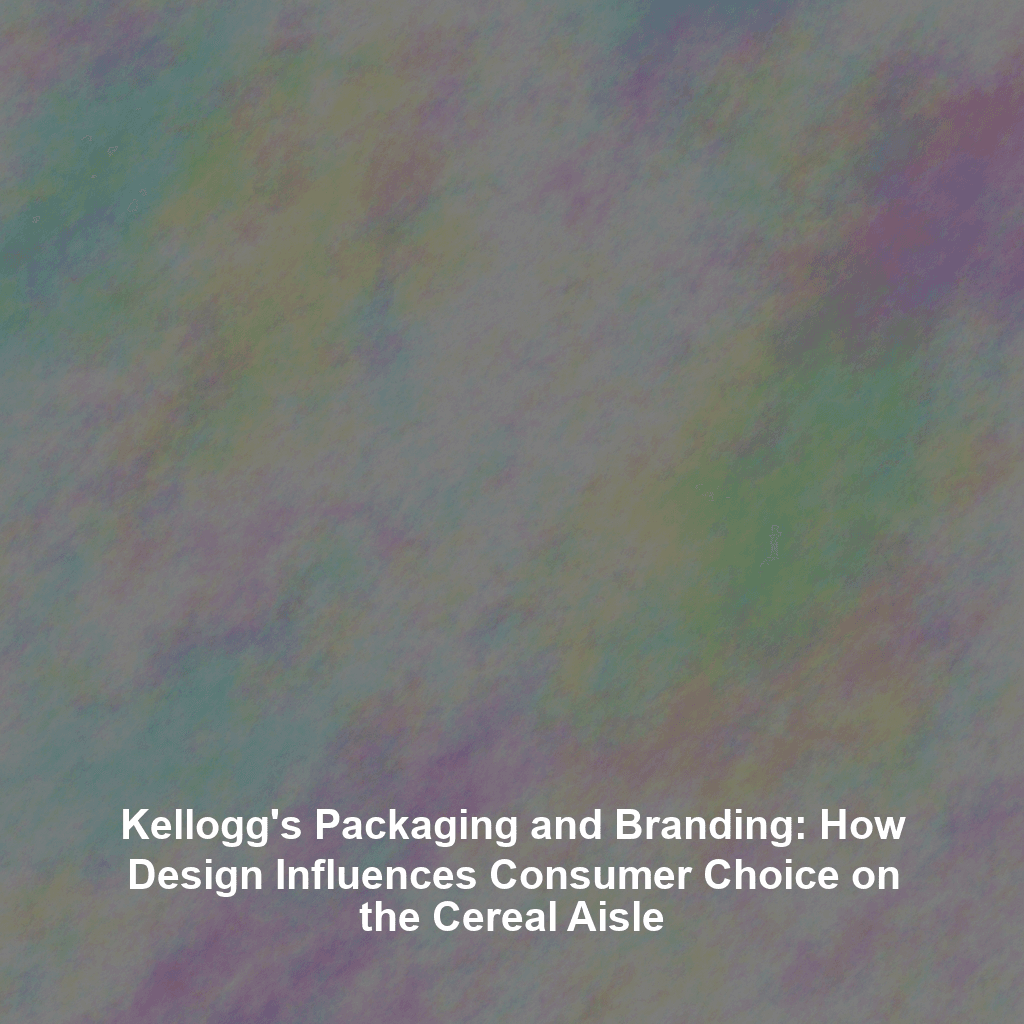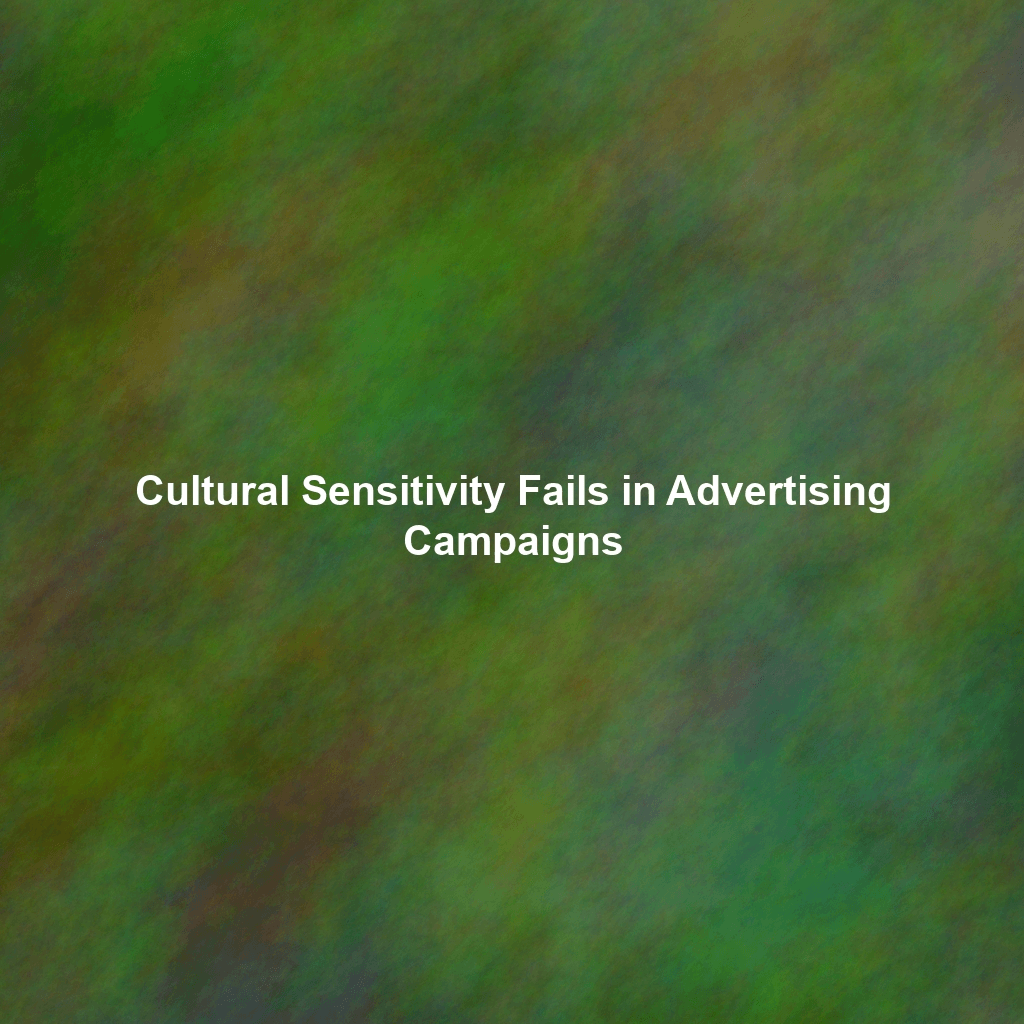Walk down any cereal aisle, and you’re met with a dazzling array of colors, characters, and promises of deliciousness. In this vibrant landscape, Kellogg’s stands out. But what is it about their packaging and branding that captures our attention and influences our choice when faced with a wall of competing cereals? Kellogg’s masterfully leverages design to not only differentiate its products but also to deeply connect with consumers on an emotional level, impacting perception and ultimately, purchase decisions.
The Power of Visual Elements: Colors, Fonts, and Imagery
Kellogg’s understands that in the fast-paced shopping environment, visual cues are paramount. Their cereal boxes are carefully designed to leverage the psychology of color, typography, and imagery to convey specific messages and appeal to target demographics.
The Language of Color
Color plays a crucial role in grabbing attention and conveying information. Consider the bright, sunny yellow of a box of Corn Flakes. This instantly evokes feelings of optimism, energy, and a classic, wholesome breakfast. On the other hand, a box of Froot Loops bursts with vibrant rainbow colors, signaling fun, excitement, and a playful experience – perfectly targeting children. Kellogg’s strategically uses color to immediately communicate the product’s intended appeal and align with its overall brand identity.
Typography that Talks
Fonts are another critical element. Kellogg’s often employs bold, easily readable fonts for the product name, ensuring instant recognition. The fonts used for supporting text are chosen for clarity and legibility, ensuring that nutritional information and marketing claims are easily accessible to the consumer. The careful selection and placement of fonts ensure that the message is delivered effectively and reinforces the brand’s overall image, whether it’s traditional, modern, or playful.
Imagery: From Tony the Tiger to Wholesome Grains
Kellogg’s is renowned for its iconic mascots. Tony the Tiger, with his powerful build and energetic grin, is synonymous with Frosted Flakes and embodies strength, energy, and fun. These characters create an immediate connection with children and evoke feelings of nostalgia in adults. Beyond mascots, Kellogg’s also uses images of the cereal itself. These images are carefully styled to look appetizing and showcase the product’s texture, ingredients, and serving suggestions. The images aim to tap into our visual senses, making the cereal appear more appealing and desirable.
Communicating Product Information Effectively
Beyond visual appeal, Kellogg’s packaging is designed to clearly and concisely communicate key product information. This includes nutritional facts, ingredients lists, serving suggestions, and any relevant certifications (e.g., gluten-free, organic).
Nutritional Transparency
In today’s health-conscious market, consumers demand transparency. Kellogg’s prominently displays nutritional information on its packaging, allowing consumers to make informed choices. They often highlight key health benefits, such as fiber content, vitamins, and minerals, appealing to those seeking a nutritious breakfast option. They also adapt their nutritional messaging as dietary trends evolve, emphasizing attributes like whole grains or reduced sugar content on relevant products. This proactive approach builds trust and demonstrates a commitment to consumer well-being.
Highlighting Key Ingredients and Benefits
Kellogg’s uses clear and concise language to highlight the key ingredients and benefits of each cereal. Whether it’s emphasizing the real fruit pieces in a Special K variant or the whole grains in a Raisin Bran box, the packaging ensures that the key selling points are easily understood. This helps consumers quickly identify the cereal that best meets their individual needs and preferences. They might also include icons or seals indicating specific benefits, such as “heart healthy” or “high in fiber,” further simplifying the decision-making process.
Differentiation in a Crowded Aisle
The cereal aisle is a highly competitive environment. Kellogg’s utilizes its packaging and branding to stand out from the competition and carve out a unique space in the consumer’s mind.
Building on Heritage and Trust
Kellogg’s has a long and storied history, and they leverage this heritage to build trust and credibility. The classic Kellogg’s logo, often prominently displayed, evokes feelings of nostalgia and familiarity. This can be a significant advantage in a market where consumers are constantly bombarded with new and unfamiliar brands. By consistently delivering quality products and maintaining a strong brand identity, Kellogg’s reinforces its position as a trusted and reliable choice.
Targeted Packaging for Specific Demographics
Kellogg’s creates distinct packaging designs to cater to different demographics. Cereals targeted towards children, like Froot Loops and Apple Jacks, feature vibrant colors, playful characters, and engaging graphics. Cereals targeted towards health-conscious adults, like Special K and All-Bran, emphasize nutritional benefits, sleek designs, and sophisticated imagery. This targeted approach ensures that each product resonates with its intended audience and maximizes its appeal on the shelf.
The Impact on Consumer Perception and Purchase Decisions
Ultimately, Kellogg’s packaging and branding efforts are designed to influence consumer perception and drive purchase decisions. The combination of visual appeal, clear communication of product information, and strategic differentiation creates a powerful impact on the consumer’s mind.
Creating Positive Brand Associations
Through consistent branding and carefully crafted messaging, Kellogg’s creates positive brand associations. Consumers come to associate the Kellogg’s name with quality, taste, and trust. This can lead to repeat purchases and brand loyalty, as consumers are more likely to choose a brand they know and trust. The power of nostalgia and positive childhood memories associated with Kellogg’s cereals also plays a significant role in building brand loyalty.
Driving Impulse Purchases
The eye-catching designs and persuasive messaging on Kellogg’s cereal boxes can also drive impulse purchases. A visually appealing box with a compelling offer can entice consumers to try a new cereal or stock up on their favorites. The strategic placement of Kellogg’s cereals on store shelves also plays a role in maximizing visibility and driving impulse purchases.
Conclusion
Kellogg’s packaging and branding strategy is a testament to the power of design in influencing consumer behavior. By carefully crafting its visual elements, communicating product information effectively, and differentiating itself from the competition, Kellogg’s has successfully captured the hearts and minds (and stomachs) of consumers for over a century. From the vibrant colors of Froot Loops to the wholesome image of Corn Flakes, Kellogg’s packaging tells a story that resonates with consumers and ultimately drives them to choose their products on the cereal aisle. The ongoing evolution and adaptation of Kellogg’s branding, responding to changing consumer preferences and market trends, ensures that it will remain a dominant force in the breakfast cereal landscape for years to come.
 Skip to content
Skip to content

